Women account for nearly half of the global labor supply and drive 80% of consumer purchasing, but their full potential as leaders, influencers and consumers remains largely undeveloped.
Research shows that in today’s global economy, gender equality leads to better business outcomes, like increased productivity, greater innovation and sustainable development. And women’s employment and leadership are central drivers of growth. Companies in the top 25 percent for gender diversity are 27 percent more likely to outperform their national industry average in terms of profitability.
Let’s look at the impact women are having in 5 change-driven industries and opportunities for brands to tap into their market potential.
Agriculture
According to the Food and Agriculture Organization of the United Nations, agriculture is a major employer of women globally and is a more important source of livelihood for women than for men in many countries. It’s estimated that if women had equal access to land and resources, agricultural yields could increase by 20% to 30%. Making more resources available to women could mean a global decrease in hunger by 100 to 150 million people. Rising global populations combined with climate change are powerful pressures on this sector. Forecasters predict a major labor shortage by 2030. That means we need to feed more people with a smaller labor force in an increasingly complex environment. Organic farming, vertical farming and precision farming are leading innovation in agriculture.
By providing an already large base of women farmers with better access to credit, designing equipment and tools with women in mind, and offering information and education, policy makers can strengthen their agricultural markets and brands have the potential to significantly and quickly expand their market share.
There is good business to be grown here.
Energy
Globalization and climate change are driving the need for sustainable development. Women play a crucial role in building climate resilience in their communities. The United Nations reports that communities are more successful in resilience and capacity-building strategies when women are part of the planning process.
But the energy industry is suffering from a lack of talent and diversity. Globally, there are 76% fewer women than men working in the energy sector, an astonishing number when compared to the 8% gap seen in the total workforce.
In the United States, jobs in clean energy – including solar, wind, geothermal and clean vehicles – reached 40% of total energy jobs in 2022. And although women made up just 26% of the energy workforce, they made up more than half of the net 300,000 energy jobs added that year. With a projected 14 million new jobs needed for clean energy growth by 2030, now is the time for governments, educational institutions, and companies to support women’s enrollment in STEM education and to add industry recruitment efforts.
Health
In the United States, women are better represented in health care than in the corporate sector overall. According to the U.S. Census Bureau, women hold 76% of all health care jobs and 87% of all nursing positions. A 2019 McKinsey report on women in health care, found it to be one industry without a gender gap in promotions, although women remain underrepresented in leadership positions.
On the consumer side, women are more likely to choose the family’s health care providers, making choices about food and activity in addition to decisions for their aging or ailing family members. Women also have unique and specific health concerns.
As baby boomers continue to age and the redesign of care delivery in this country evolves following the pandemic, it should become clear that health care brands need to be marketing to women – as care providers, care givers, influencers and patients.
It’s likely that anyone in the industry could see gains by designing research around the health concerns of women, learning the nuances of marketing to women and lifting women into the C-suite and policy process.
Related Content: See how women are the changemakers we need and how we can continue to elevate their roles and voices.
Finance
Women now control 32% of the world’s wealth. In the United States, that figure is expected to rise substantially by 2030, as women begin to inherit the roughly $30 trillion currently held by baby boomers. However, women already make 85% of consumer purchases. Yet the financial industry still balks at leading with and marketing to women. Only 23% of certified financial planner professionals are women and research from the Certified Financial Planner Board of Standards indicates that unconscious bias and a significant gender pay gap remains.
Just as in health care, women consumers have unique pressures, tensions and goals. Women live longer, get paid less and take time out of the workforce to care for family. All these factors impact their earnings, savings and investment strategies – yet only a few brands have developed products, services and employment structures that put women (and families) at the center.
Once again, we see a gap and an opportunity. It’s likely that, as the millennial generation hits its stride, the financial sector will see disruption like that already happening in health and media. A Fidelity study found that 67% of women were investing outside of their retirement accounts in 2021, up from 44% in 2018. Financial services organizations will need to transform their business models, evolve their communication strategies and understand how to better include women in their leadership, segmentation strategies and product design.
Media
The media industry creates a cultural idea of what’s newsworthy. However, throughout the world, women remain less likely than men to report news and to appear as subjects in a news story. Over 60% of news is authored by male voices, which means their voice is disproportionate. Women are on-camera 32% of the time; in print news, women reported 37% of the stories; on the Internet, women write 42% of the news; and on the wires, women garner only 38% of the bylines.
Yet, women are 54% of the heaviest consumers of media. Across radio, television, Internet and print newspaper, they are simply under-represented.
This is an obvious opportunity for those in marketing communications to bring the missing conversations forward. Imagine a segment that is rising in wealth, eager to fill labor shortages and capable of adding value to their communities, as well as the bottom line – and all they need is someone to start the right discussions.
Five steps to future growth
These actions outline a clear path for organizations to benefit from the untapped potential that 50% of the population can contribute:
· Promote women into leadership roles
· Understand the range of unique pressures women face
· Design products and services that benefit women
· Optimize the brand experience for women
· Amplify female voices and perspectives
Industries facing change and disruption must rely on insight and innovation to survive. Gathering the untapped perspectives, talents and influence of women is a sound strategy with a huge upside.
Want more ways to keep your business current?
Explore our emerging trend insights.

